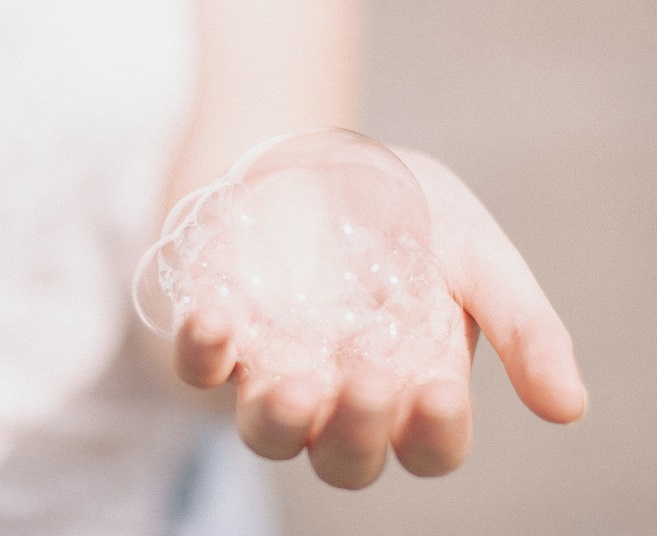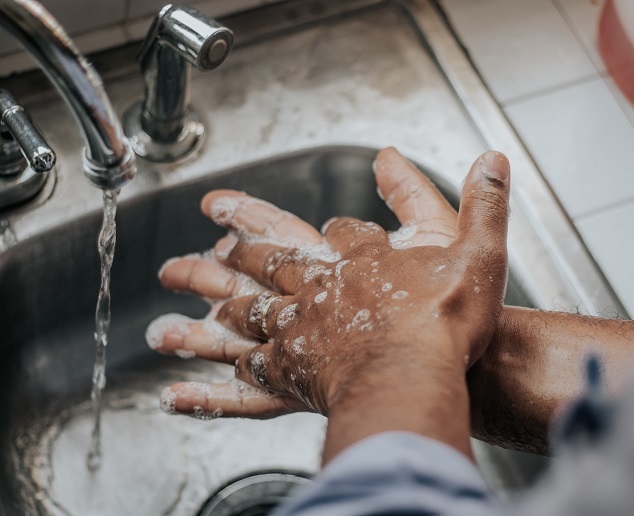Hand washing tips
Hand washing tips
Here we go again. For those of us in Auckland, we’re back at lockdown level 3. So, what better time than now to go back and look at our first and possibly best line of defence against getting sick: washing our hands.
Hand washing is an easy way to prevent infection, getting sick and spreading illness. It is one of the most effective steps you can take to stay healthy, keep your germs to yourself and prevent others' germs from infecting you.
Stop the spread
Viruses can spread through doorknobs, computers, light switches, toys, handrails that an infected person touches, coughs on or sneezes on. They can also be spread through personal contact such as shaking hands, hugs or by breathing in droplets.
Throughout the day, you accumulate germs on your hands. Touch your mouth or nose, your odds of getting sick increase. So, we all need to wash our hands when we get home, before preparing food or eating, caring for a sick person, going to the toilet or changing a nappy, touching an animal or handling rubbish.
It sounds simple enough, but most of us may think just a quick rinse and a good flick, or a dry on a t-shirt is good enough. However, it’s important to maintain the soap-and-water action for at least 20 seconds followed by a thorough dry. Even though we’ve been told a million times, it seems that we all seem to forget how to wash our hands properly. We thought a wee reminder might be handy.
 How to wash your hands properly
How to wash your hands properly
- Use soap: Cleaning hands with running water and soap removes germs effectively. The temperature of the water doesn't appear to make any difference.
- Bubble up: When washing your hands, lather well. Rub your hands, including the backs of your hands, wrists, between your fingers and under your fingernails, vigorously for at least 20 seconds. That's about the length of singing "Happy Birthday." Personally, I think happy birthday is one the worst songs in the world. No matter the amount of bubbles around, it never sounds good. I prefer the “I Will Survive” option.
At first I was afraid, I was petrified
kept thinking I could never live without you by my side
but then I spent so many nights thinking how you did me wrong and I grew strong
and I learned how to get along…
Did you think I’d crumble? Did you think I’d lay down and die?
Oh no, not I! I will survive!”
- Rinse well:
- Dry your hands: Thoroughly dry with a clean towel or air-dry them.
What about hand sanitiser?
Sanitisers, which don't require water, are not as effective as soap and water, but when soap and water aren't available, hand sanitiser with at least 60 percent alcohol can be used as a substitute. Apply it to your palm and rub the gel over all the surfaces of your hands and fingers until your hands are dry!
Too much hand washing drying your hands out?
Frequent handwashing can cause dry skin that can flake, itch, crack, and even bleed in some cases. Dry, cracked skin makes it easier for bacteria and other germs to get inside your body. In particular, effective hand sanitiser, the one that contains at least 60% alcohol, can be very hard on your skin.
Applying moisturiser after handwashing helps heal dry skin. When using hand sanitiser, apply the hand cream or moisturiser immediately after the hand sanitiser dries. Make sure you work some of the moisturiser into your fingertips and nails and use a hand cream that contains mineral oil or petrolatum and is “fragrance-free” and “dye-free”.
Everyone can slow the spread of COVID-19 through good hand hygiene. Let’s break the chain of transmission and save lives.
You can encourage good hand hygiene by providing the right facilities, such as a paper hand towel dispenser, at your workplace. Help stop the spread of viruses by speaking with our hygiene specialists today. Contact one of our experts on 0508 467 462 or email us at sales@insinc.co.nz and we’ll be more than happy to see how we can help you help your people wash hands properly.
Posted: Thursday 4 March 2021


